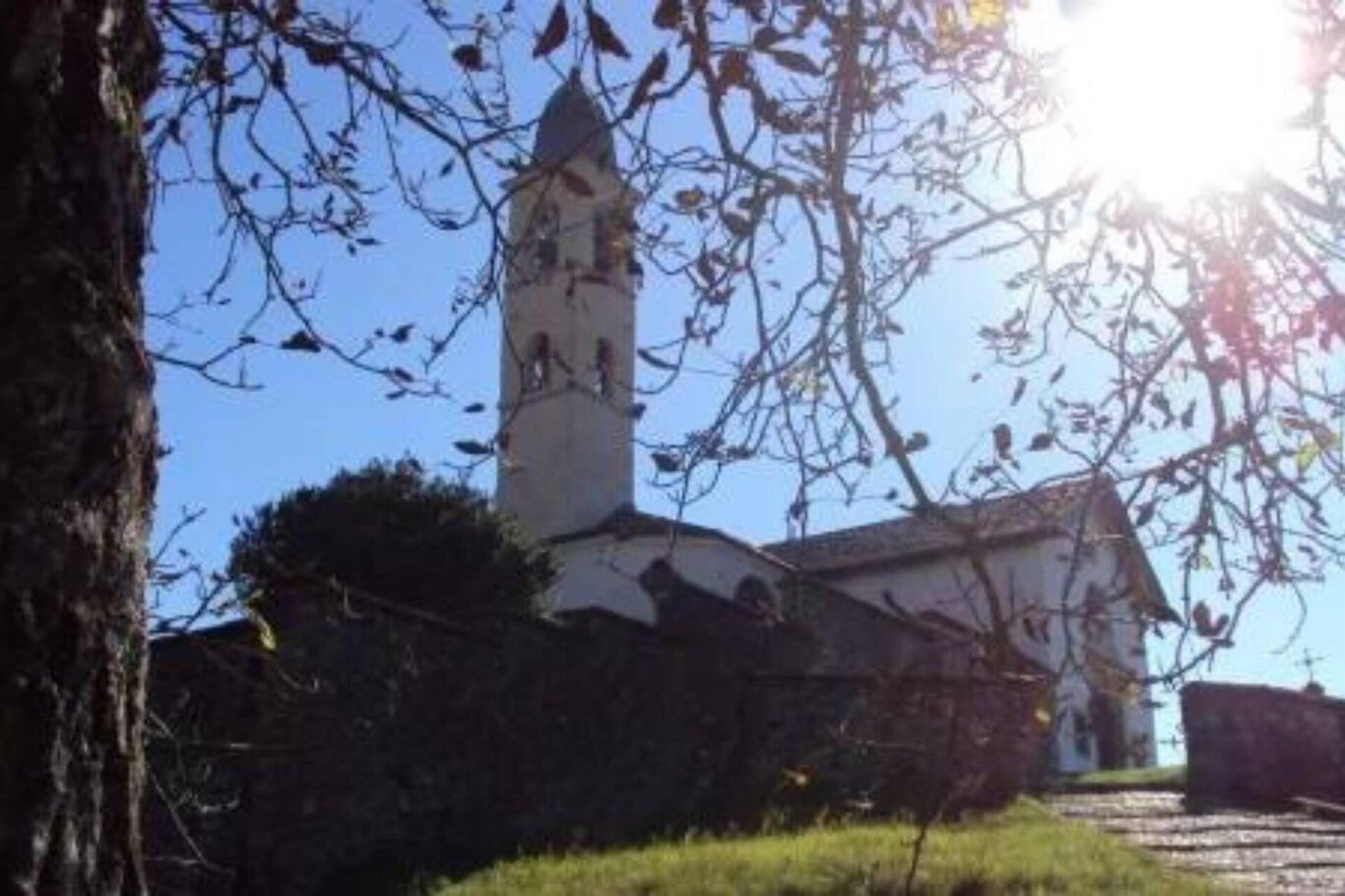The church of San Giorgio in Sovramonte represents a significant piece of the town's past, with a millennia-long history and precious frescoes. Built on a fortification from the 5th-6th century, it was transformed into a chapel during the Lombard era. Over the centuries, it has been expanded and decorated, with significant interventions between the 14th and 16th centuries. The frescoes of the presbytery, created by Andrea Nasocchio in 1514, and those of the nave attributed to Marco da Mel, are among the most important works. After various restorations, the latest between 2000 and 2005, the church today preserves a unique testimony of the religious and artistic history of the community.
The facade, accessible after ascending the hill, is characterized by a portal and a bell tower.
The church is deeply connected to the life of Sovramonte, particularly to the votive tradition regarding the great plague of 1630. From here, every year, uninterrupted since 1631, on April 23rd, the feast day of San Giorgio, the young conscripts from three families of Sorriva, summoned by lot, are divided into four groups and dressed in traditional costumes, to carry on their shoulders, even to the most isolated houses, a large copper pot containing “la menestra de San Dordi,” a bean minestrone.
